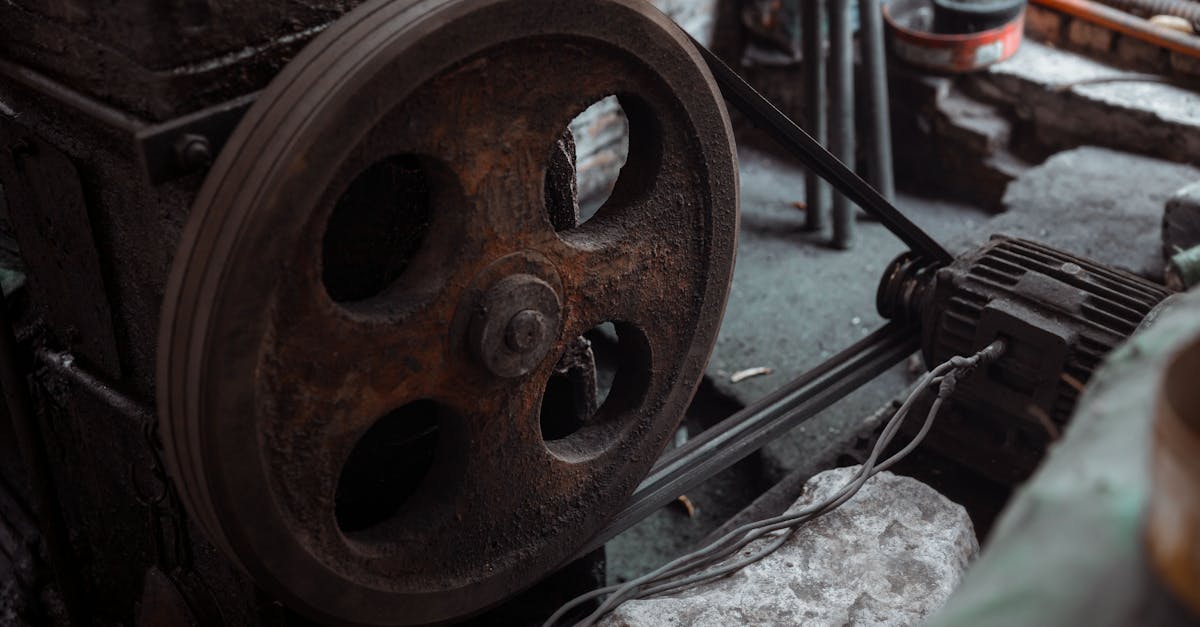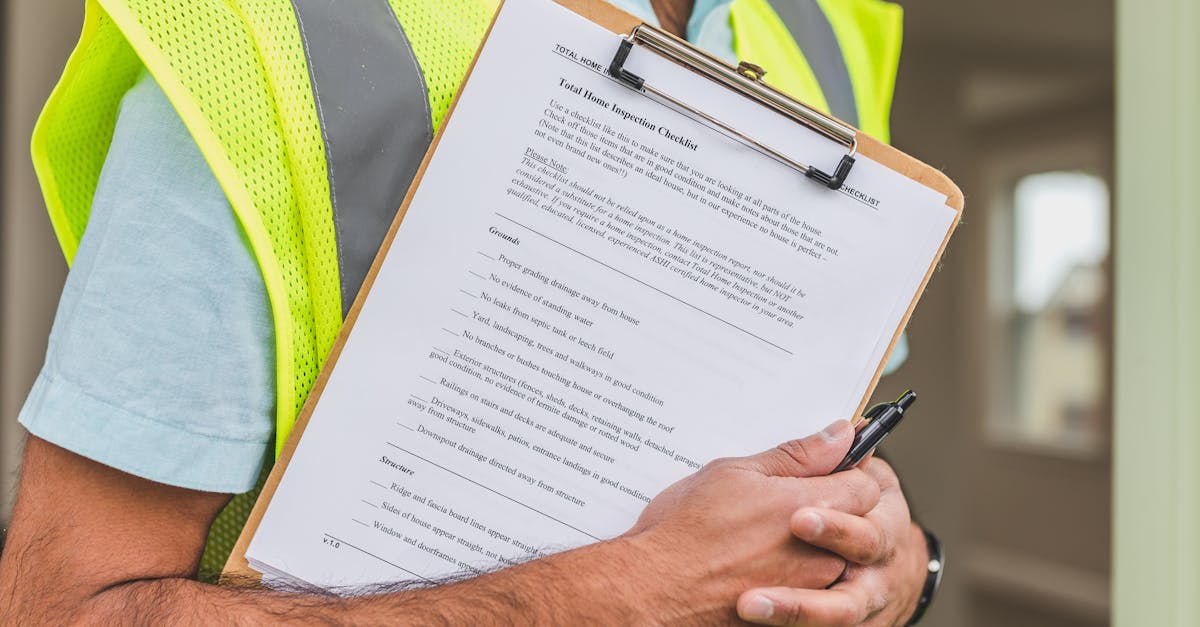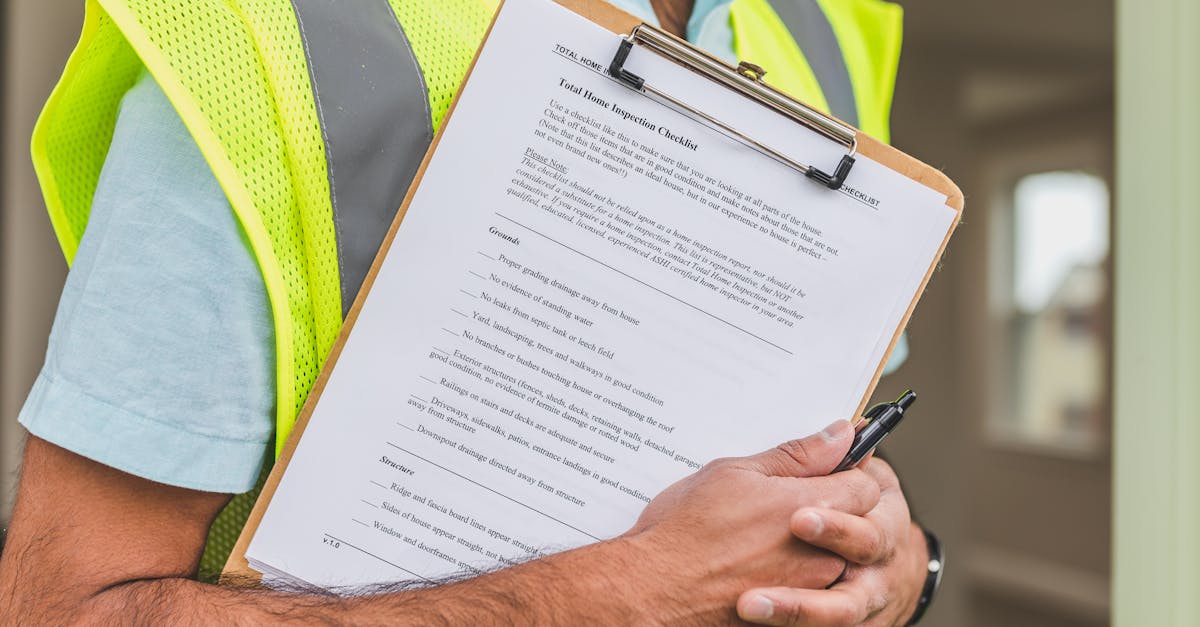Conveyor belts are the unsung heroes of the manufacturing world, tirelessly transporting goods while we sip our coffee and scroll through social media. But just like that friend who insists on carrying all the groceries in one trip, conveyor belts need a little TLC to keep things moving smoothly. Neglecting maintenance can lead to breakdowns that not only disrupt productivity but also leave you with a hefty repair bill.
Table of Contents
ToggleImportance Of Conveyor Belt Maintenance
Conveyor belt maintenance plays a critical role in ensuring operational efficiency in manufacturing processes. Regular inspections help identify wear and tear early, preventing unexpected breakdowns. Reducing downtime is vital for maintaining productivity levels, as each minute a conveyor belt is inactive can result in significant financial losses.
A study by the Conveyor Equipment Manufacturers Association shows that poorly maintained belts lead to a 30% increase in repair costs. Schedule routine maintenance checks to address issues such as belt misalignment, wear, and debris accumulation. Keeping components clean ensures smooth operation and minimizes friction.
Proper lubrication of moving parts enhances performance and extends the lifespan of conveyor belts. Additionally, monitoring tension levels prevents excessive stress and promotes even wear. Tracking these metrics can lead to cost savings, allowing for reinvestment in other areas of production.
Safety risks increase when maintenance is neglected. Operators face hazards from malfunctioning equipment, underscoring the importance of regular inspections and timely repairs. Compliance with safety regulations requires maintaining equipment in good working order.
Returning to the efficiency aspect, routine maintenance not only prolongs equipment life but also ensures optimal performance. Team members should be trained to recognize signs of potential issues, enabling proactive interventions. Prioritizing conveyor belt maintenance ultimately contributes to a safer and more productive work environment.
Key Components To Inspect
Attention to key components ensures conveyor belts operate efficiently. Regular inspection of these areas minimizes disruptions and extends equipment lifespan.
Belt Condition
Evaluate the belt condition for wear and tear. Visible cracks or fraying indicate immediate action. Inspect for proper tension; a loose belt can slip or misalign. Regularly check for debris accumulation as it can accelerate belt degradation. Clean belts thoroughly to maintain smooth operation. Replacing damaged sections promptly prevents further issues and enhances overall performance. Skipping this step can lead to costly downtime.
Pulley Alignment
Ensure correct pulley alignment to avoid unnecessary strain. Misaligned pulleys can lead to premature belt wear, reducing longevity. During inspections, use a straightedge tool for accurate assessment. Adjust alignment as needed to maintain optimal performance. Proper lubrication of the pulley shafts also aids in smoother operation. Consistent monitoring identifies issues early, saving significant repair costs over time.
Tensioning System
Inspect the tensioning system regularly to maintain ideal belt tension. Inadequate tension can cause slippage and misalignment, while excessive tension may damage components. Utilize tension measuring tools during inspections for accuracy. Properly adjusted tension keeps the belt securely in contact with the pulleys. Implement a routine check of the tensioning components to ensure they function correctly. Neglecting this aspect can lead to significant operational disruptions and costly repairs.
Maintenance Checklist
Maintaining conveyor belts requires a structured approach. Regular inspections across varying time frames ensure optimal performance and longevity.
Daily Checks
Inspecting the conveyor belt daily is critical for operational efficiency. Look for signs of wear on the belt surface and the presence of any debris on the belt and surrounding areas. Check for proper tension; loose belts can lead to misalignment and operational issues. Evaluate the drive system and listen for unusual noises that indicate mechanical problems. Confirm that safety guards are secure and functioning correctly to protect operators and equipment.
Weekly Checks
Weekly inspections should delve deeper into the conveyor’s condition. Assess the alignment of pulleys and rollers, adjusting them as necessary to prevent undue strain on the belt. Examine the tensioning system closely; proper tension maintains efficiency and reduces wear. Check for lubrication on moving parts; consistent lubrication minimizes friction and extends component life. Additionally, review any maintenance logs to track previous issues and solutions, ensuring continuity in care.
Monthly Checks
Conducting monthly checks involves more comprehensive evaluations. Inspect the belt structure and look for any damages, including cracks or fraying that could compromise performance. Assess the overall condition of the conveyor frame and support structures for any wear or rust. Evaluate electronic components and connections to ensure they operate within specifications. Perform a thorough cleaning of all accessible areas to prevent buildup that can impair operation.
Common Issues And Solutions
Conveyor belts experience various issues that can affect their performance. Identifying these common problems helps in developing effective solutions.
Wear And Tear
Wear and tear on conveyor belts often leads to operational inefficiencies. Inspecting belts regularly for frayed edges, cracks, and surface deterioration becomes essential. Addressing these signs promptly prevents further damage and costly repairs. Replacing worn-out belts with high-quality options can extend service life. For example, investing in premium materials can reduce replacement frequency. A proactive approach mitigates risks associated with operational downtime.
Improper Tension
Improper tension can result in slippage and accelerated wear. Regular monitoring of belt tension levels ensures optimal performance. Using a tension gauge aids in maintaining the manufacturer’s specified tension. Adjusting tension when inconsistencies arise is crucial for avoiding disruptions. Tension malfunctions can lead to misalignment or unnecessary stress on components, contributing to additional wear. Implementing a tension management routine safeguards against these issues and improves overall reliability.
Misalignment
Misalignment affects the entire conveyor system by causing uneven wear and energy loss. Identifying misalignment early can save time and resources. Adjusting pulleys and rollers to align correctly contributes to efficient operation. Regular checks on both the belt and pulleys help maintain structural integrity. Misalignment can also cause belt tracking issues, resulting in potential safety hazards. Promoting alignment practices enhances longevity, reduces operational costs, and fosters a safer workplace environment.
Conclusion
Prioritizing conveyor belt maintenance is essential for any operation relying on these systems. Regular inspections and adherence to a structured checklist can significantly reduce the risk of unexpected breakdowns. By addressing wear and tear early on and ensuring proper alignment and tension, companies can enhance both safety and productivity.
Investing in routine maintenance not only extends the lifespan of conveyor belts but also minimizes costly downtime. A proactive approach allows team members to recognize potential issues before they escalate. Ultimately, a well-maintained conveyor system contributes to a more efficient and safer work environment, ensuring smooth operations and improved overall performance.





